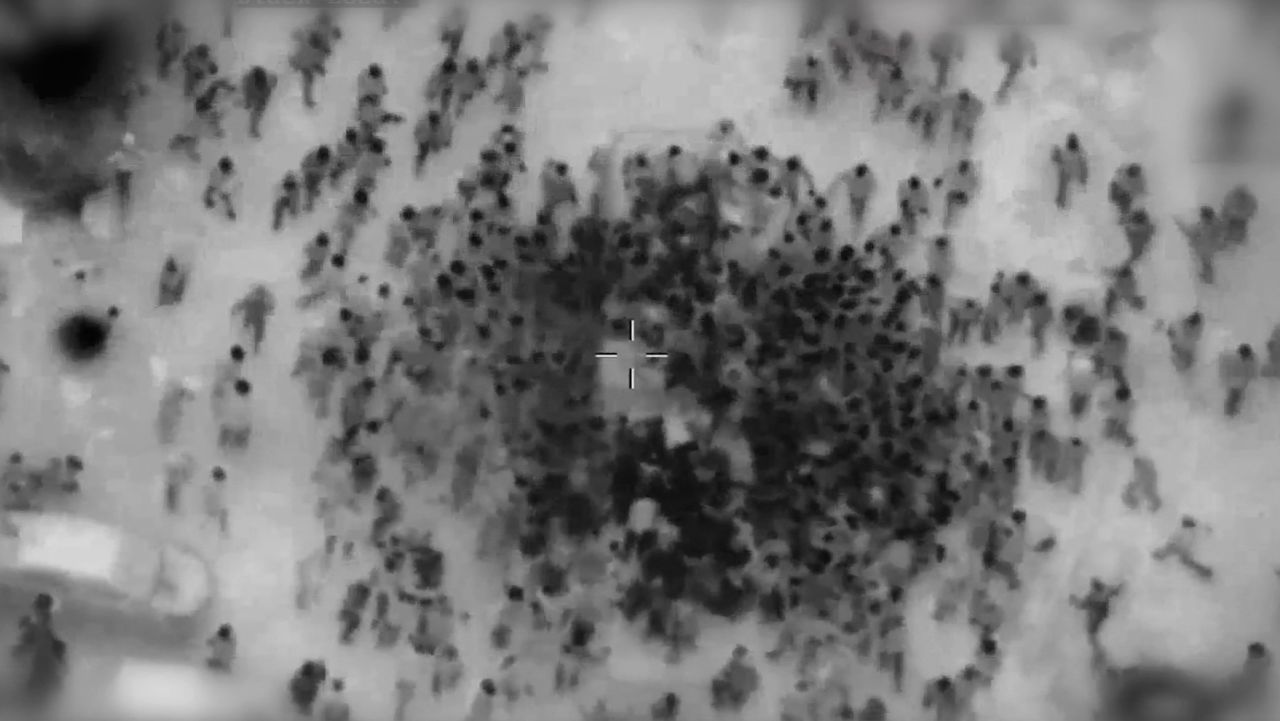Hamas has indicated it is currently unable to identify and track down 40 Israeli hostages needed for the first phase of a ceasefire deal, according to an Israeli official and a source familiar with the discussions, raising fears that more hostages may be dead than are publicly known.
The framework that has been laid out by negotiators says that during a first six-week pause in the fighting, Hamas should release 40 of the remaining hostages, including all the women as well as sick and elderly men. In exchange, hundreds of Palestinian prisoners would be released from Israeli prisons.
Hamas has told international mediators – which include Qatar and Egypt — it does not have 40 living hostages who match those criteria for release, both sources said. CNN’s record of the conditions of the hostages also suggests there are fewer than 40 living hostages who meet the proposed criteria.
The inability — or unwillingness — of Hamas to tell Israel which hostages would be released, alive, is a major obstacle, the second source added. With Hamas appearing to be unable to reach 40 in the proposed categories, Israel has pushed for Hamas to fill out the initial release with younger male hostages, including soldiers, the Israeli official said.
Throughout the months of negotiations since the last ceasefire, Israel has repeatedly asked for a list of the hostages and their conditions. Hamas has argued that they need a break in the fighting to be able to track and gather down the hostages, the same argument they made in November before a week-long pause that broke down after Hamas failed to deliver more hostages.
The majority of the almost 100 hostages who remain alive are believed to be male IDF soldiers or men of military reserve age. Hamas is expected to try to use them in later phases to try to negotiate more significant concessions, including more high-level prisoners and a permanent end to the war.



















